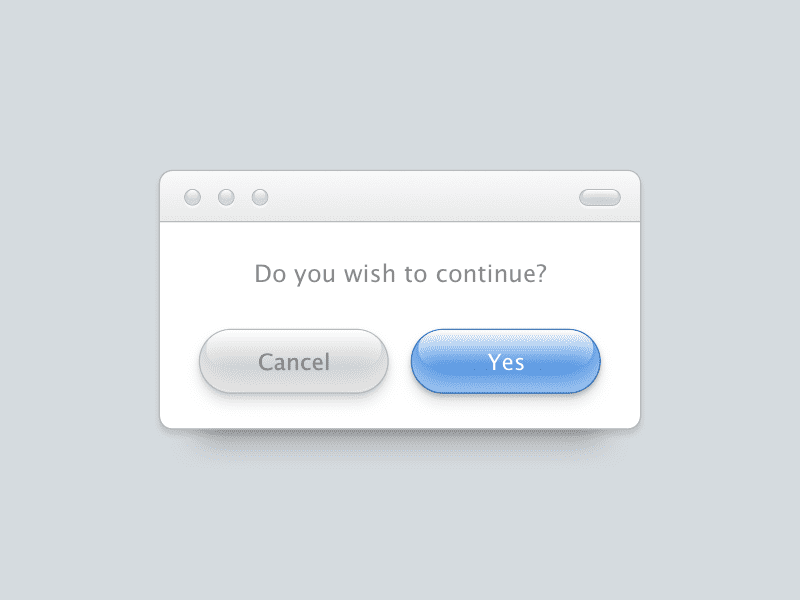This content originally appeared on Ugly Duck and was authored by Ugly Duck
Update (April 10, 2021)
This is no longer the current setup of my blog. I have switched back to Jekyll for performance reasons. I’ll be leaving this post up as a point of reference though :)
This is my personal blog (if that wasn’t already obvious). I currently have 89 blog posts living here. But I have done something magical today:
All of these articles are rendered inside a single HTML file. ?
What Sorcery is This?!
No magic here - I’m just using my own personal static site generator called PHPetite. You can find all the code and more information about PHPetite on the official Github repo page. Please note that this project is still very much a WIP, so go easy on me when pointing out bugs or issues!
Pingdom Stats
Before we get into more details on how everything is built, let’s take a quick look at some of my website stats (not that pure numbers are 100% accurate of user experience):
- 99 Performance Grade
- 951 ms Load Time
- 231.3 KB Page Size (thank you Netlify compression!)
See all the Pingdom details for yourself
Now the Page Size will certainly change as more blog posts are added over time, but if the total webpage size is ~230 KB with 89 blog posts, I figure that gives me the ability to add another 200 or so posts before I cross the 1MB threshold
I’ll deal with how to load in the content more efficiently when that times comes…
What About Images?
Good question. Since a large portion of my articles tend to be focused on design and CSS, visual examples are somewhat important. So how do I avoid loading in all the individual images on every single post into this single HTML “website”?
Easy - I don’t load any images at all.
I set the default img source to point to about:blank and rely on the user to click/tap the image to load it in via the onclick attribute. For users with JavaScript disabled, I also include a link to the “full size image” in the figcaption below the image. No sweat.
I now simply set any images that are not included in the current, visible section to display: none. This avoids breaking things with the RSS feed.
Here is an image example of an old Dribbble shot I created years ago:

I have noticed that Safari / Firefox on iOS renders the imagery as broken image links - I plan to look into this further to avoid that confusion. For now it works well on desktop Chromium and Firefox.
<figure>
<img src="./no-image.svg" onclick="this.src='image-url-here.png'">
<figcaption>
Caption description.
<a target="_blank" href="image-url-here.png">Link to full size image</a>
</figcaption>
</figure>How’s the SEO?
Probably terrible to be honest. One single file for all blog posts is something Google will most likely frown upon. Whatever - it’s my personal blog so I don’t really give a shit.
RSS Feed
If you recently added my old RSS feed, I’m sorry, but you’ll have to update. The new feed is located at uglyduck.ca/feed.xml. I made this change to avoid spamming the current feed users.
Tasty Dog Food
At the end of the day, by moving my personal blog over to PHPetite, it makes me more aware of current bugs and restrictions within the project. I feel like this will help me to improve this static site generator even more over time, instead of letting it die a slow death ignored on Github.
I hope you enjoyed this little breakdown and maybe even want to try out PHPetite for yourself? ?
This content originally appeared on Ugly Duck and was authored by Ugly Duck
Ugly Duck | Sciencx (2021-03-22T00:00:00+00:00) 89 Blog Posts in a Single HTML File. Retrieved from https://www.scien.cx/2021/03/22/89-blog-posts-in-a-single-html-file/
Please log in to upload a file.
There are no updates yet.
Click the Upload button above to add an update.
